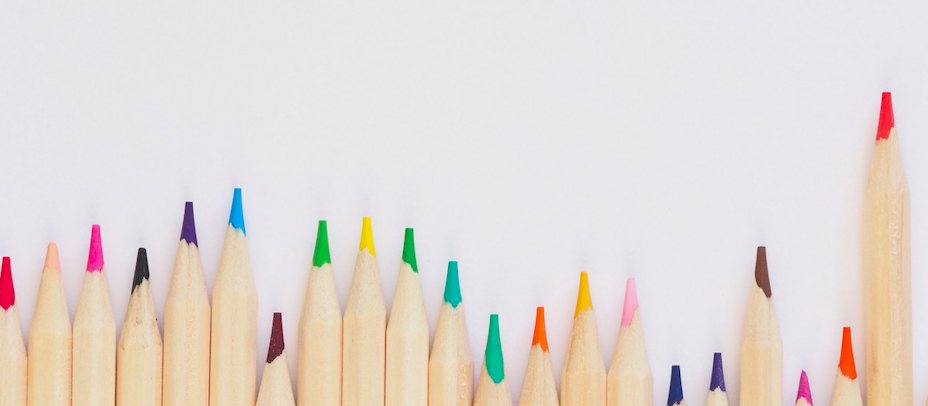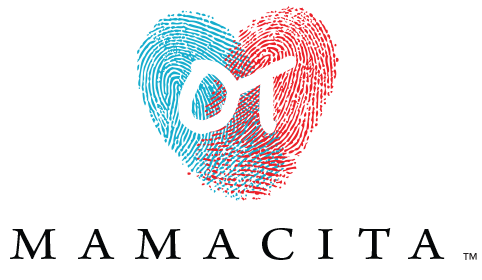
*Please note that some of the following recommendations include affiliate links, which means that at no cost to you, I will earn a commission (which will help with costs of running the site) if you click through and make a purchase*
Kindergarten Readiness
Kindergarten. Oh boy. It’s a childhood rite of passage, a milestone for a family, and a super exciting time (usually) for the kiddos. Today there is also a TON of pressure on students, their parents, and their preschool teachers, to be prepared for kindergarten. Kindergarten of today is different from kinder or yesteryear due to the mounting academic demands, and increasing emphasis on test scores as they age up. Our five to six year olds spend less time building with blocks in kindergarten, and more time with paper and pencil tasks. In my experience as a school based occupational therapist, I have been on the front lines of fielding questions and concerns about fine motor and visual motor skill development from teachers, parents, and administrators.
This post aims to provide ideas of how parents and caregivers can support the development of their child’s fine motor skills in order for them to be ready for the fine motor demands in kindergarten, through use of ordinary activities that children love to engage in! Though there are many skills that are important for kindergarten preparedness, the following tips focus on: Pencil Grasp, Scissors Skills, and Writing Readiness.
Pencil Grasp
-Practice picking up small items using a pincer grasp (touching your thumb and index fingers together to make an “OK” sign)
-Pick up pom poms, small erasers, other small items with tongs or tweezers
-Strengthening with play doh, silly putty, putty, squeezing sponges, kneading dough (make your own pizza dough or play-doh)
-Use stickers, play with tape (or super cool washi tape)
-Use sidewalk chalk and “erase it” by spraying with a water bottle
-Develop upper body strength by laying on their tummy to do activities (coloring, drawing, reading), doing animal walks (i.e. bear walks, crab walks), and working on an easel
-Use small, broken crayons or short, fat markers (Pip-squeak markers) to encourage a tripod (three-fingered) grasp
-Paint with a paintbrush, including watercolors
-Play board games such as Hi-Ho Cherry-O, Sneaky Snacky Squirrel, Candyland, and Pop the Pig
Scissors Skills
-Reinforce a ”thumbs up” grasp (thumb in small hole, index and middle finger in larger hole)
-Practice cutting thick paper, junk mail, bolded lines, or using a cut and paste workbook or workbook like this
-Use child sized scissors or spring-loaded scissors, and buy left-handed scissors if your child is a lefty
-Use a hole puncher (lace a string through the holes for extra visual motor practice)
-These super adorable scissors magnets make cutting even more fun!
Writing Readiness
-Ensure your child is drawing the foundational pre-writing lines BEFORE writing their name–vertical, horizontal, circle, diagonal lines, square, triangle (FYI, square and triangle are later developing, about age 5, and many kids are practicing their names prior to mastering replicating these two shapes)
-Reinforce tracing or formation in the appropriate sequence–top to bottom, left to right
-Highlight or place a sticker in top right corner to reinforce where to start
-Use a variety of mediums–write in shaving cream smeared on the wall in the bathtub, roll out playdoh “logs” and form the letters, draw letters in the sand
–Connect the dot practice and tracing practice (reinforce that they are following top to bottom, left to right formation)
-DO NOT worry about reversals of letters at this age. It’s very common until about second grade
Now I leave you with this–Enjoy your little ones, for kindergarten comes so fast. Focus on PLAYING with old school toys like Legos, Lincoln Logs, Lite Brites, coloring for the sake of coloring, letting them draw outside with sidewalk chalk, and going to the playground to let them climb, slide, swing, and hang on the equipment. Let them develop their skills naturally through play experiences. Lastly, stop comparing your children to others, for they are their own little people, and they are YOUR little people.
–OT Mamacita
